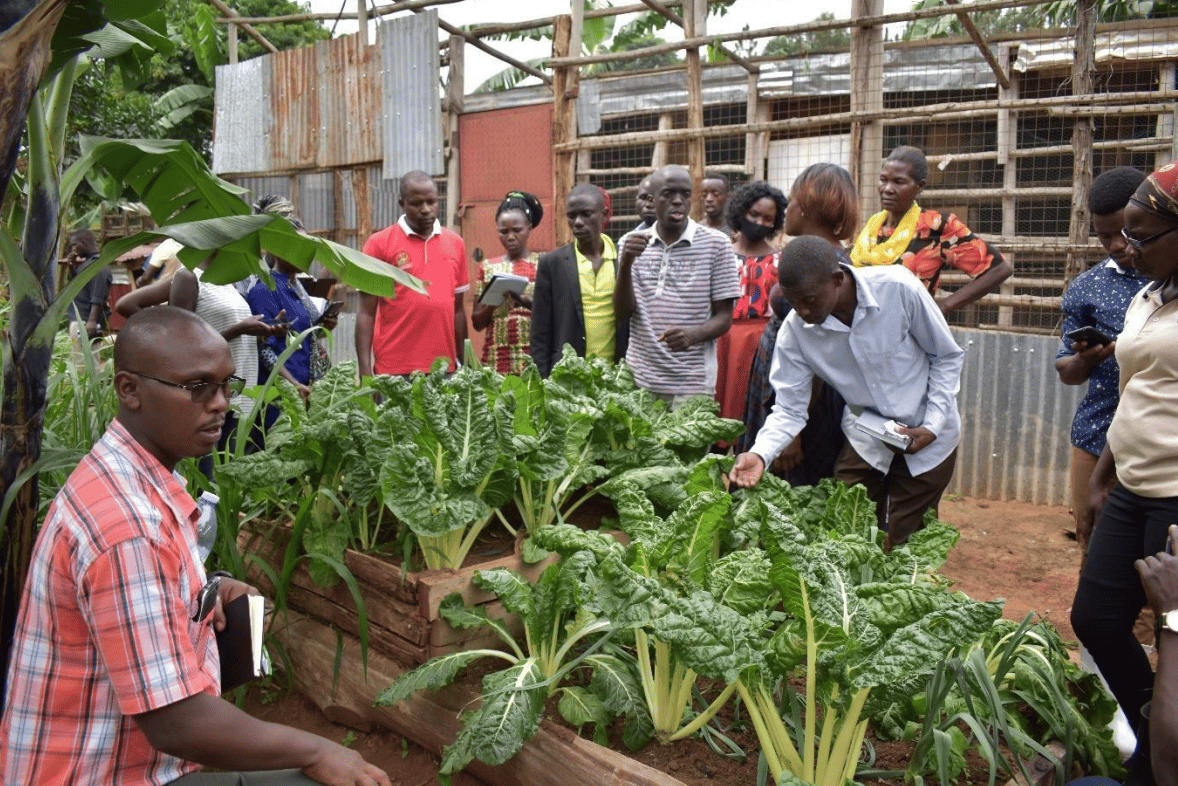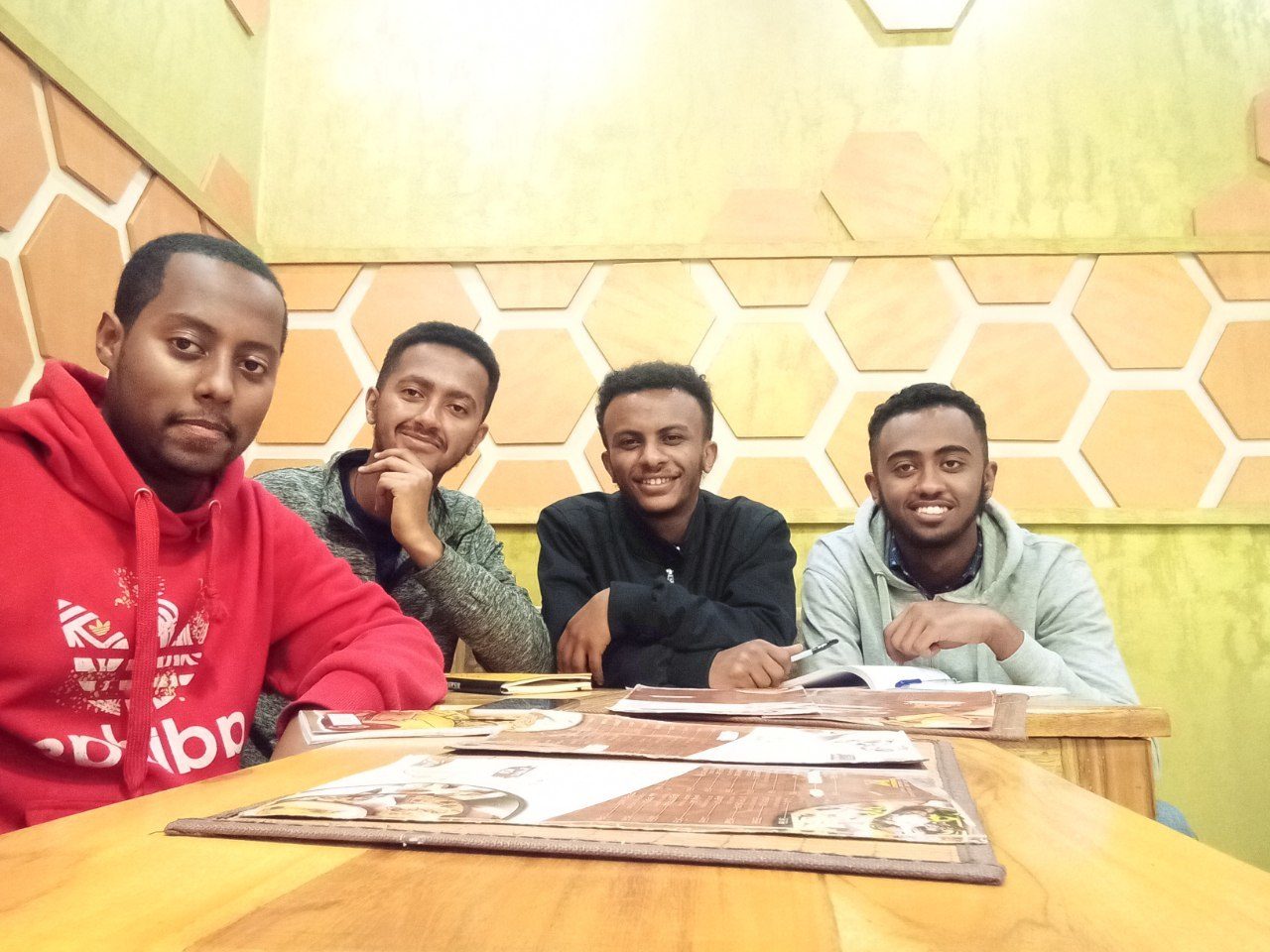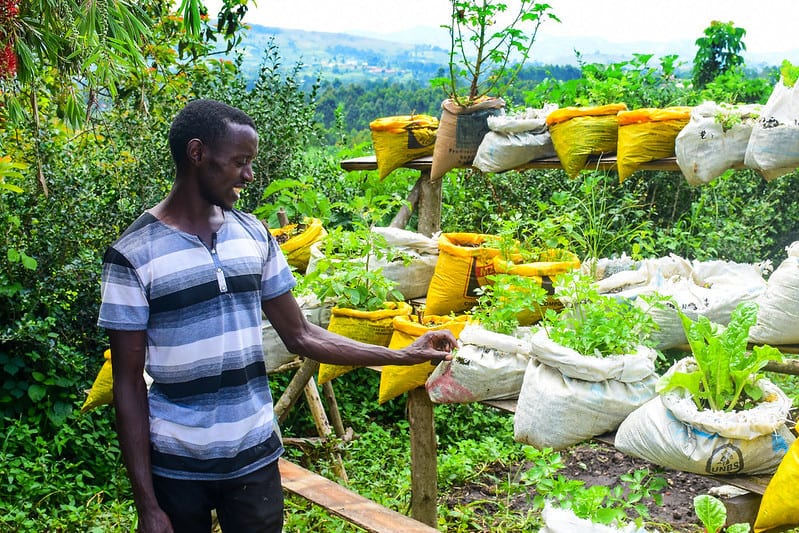The YALTA initiative wants youth to drive sustainable food systems and economic development. To ensure this happens, we need to engage and empower youth along all stages of our programmes. The meaningful youth participation framework, a tool developed by the Dutch Ministry of Foreign Affairs which distinguishes five levels of youth engagement, inspired our approach.
To ensure involvement, we set up youth-inclusive national and regional reference groups that advised on the design and implementation of the different parts of the programme. The country coordinators for YALTA were in constant consultation with these groups for feedback on activity concepts, evaluation and other advice. Also, youth networks helped identify major issues from the inception phase, through a series of workshops to validate mapping outcomes, and national summits where youth were consulted as early as the agenda setting stage.
For our youth capacity-building track, we relied on peer-to-peer learning, where participants shared their knowledge, experience and innovative ideas during field visits as part of the youth caravans. We supported youth in their growing role as policy advocates, particularly on the topics of youth-inclusive agroecology and soil fertility, through lobby and advocacy training, the development of policy briefs, and linkages to high-level policy platforms. In turn, youth helped us to identify lessons learnt, the elements that could be replicated and scaled, and the remaining needs and gaps.

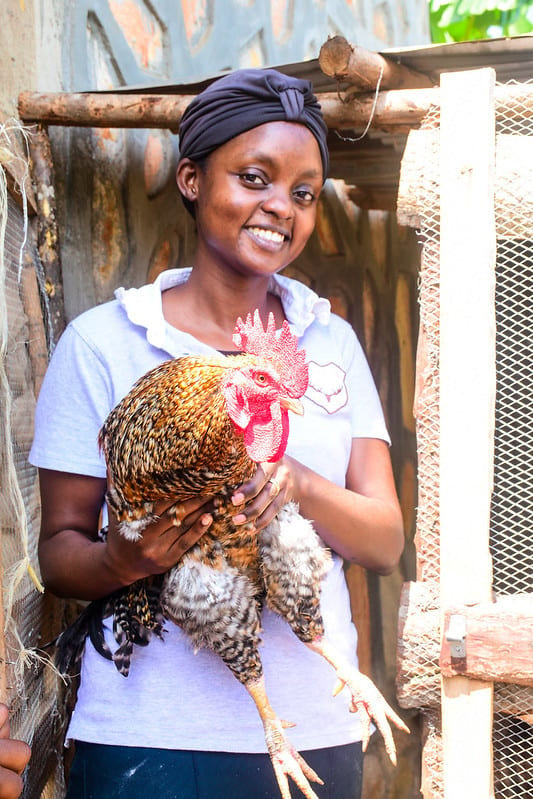
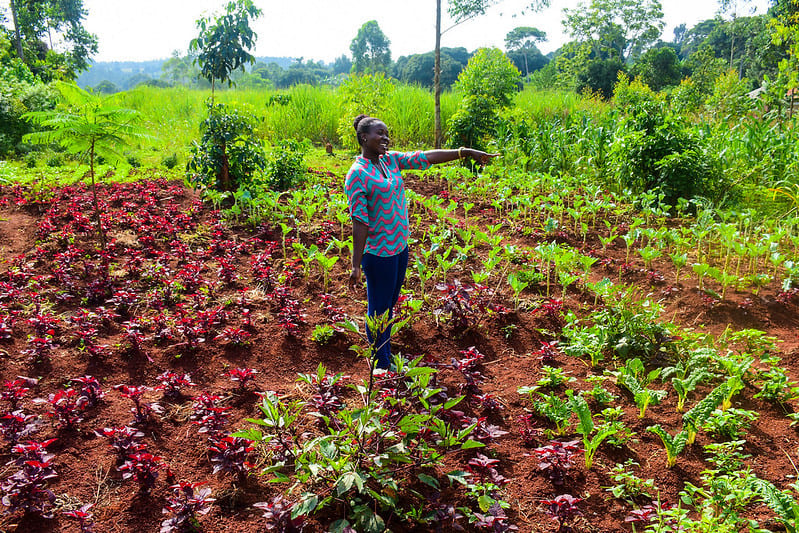
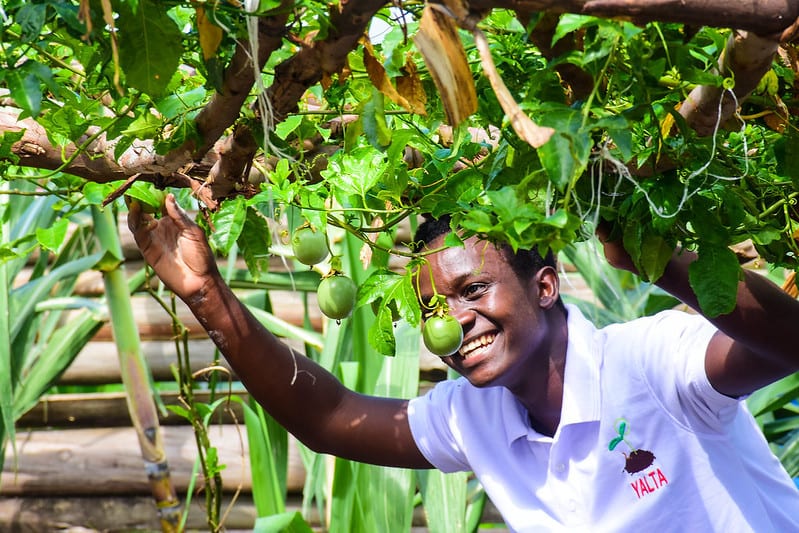
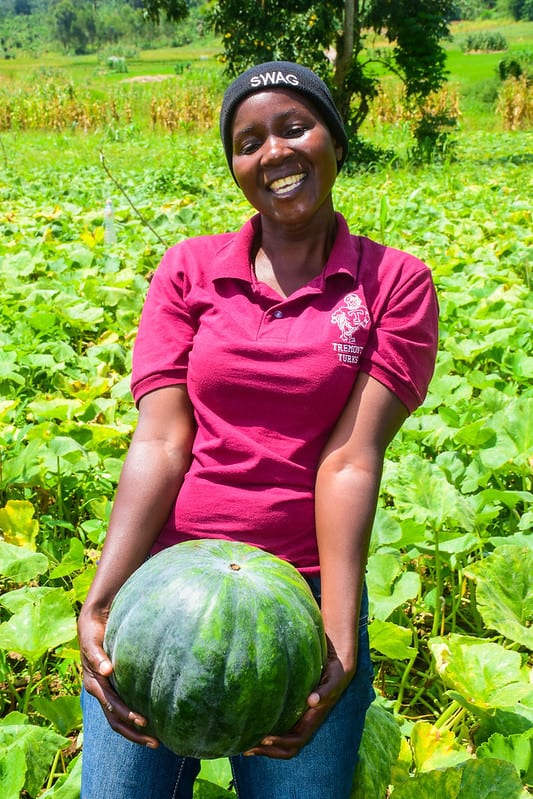
The YALTA initiative wants youth to drive sustainable food systems and economic development. To ensure this happens, we need to engage and empower youth along all stages of our programmes. The meaningful youth participation framework, a tool developed by the Dutch Ministry of Foreign Affairs which distinguishes five levels of youth engagement, inspired our approach.
To ensure involvement, we set up youth-inclusive national and regional reference groups that advised on the design and implementation of the different parts of the programme. The country coordinators for YALTA were in constant consultation with these groups for feedback on activity concepts, evaluation and other advice. Also, youth networks helped identify major issues from the inception phase, through a series of workshops to validate mapping outcomes, and national summits where youth were consulted as early as the agenda setting stage.
For our youth capacity-building track, we relied on peer-to-peer learning, where participants shared their knowledge, experience and innovative ideas during field visits as part of the youth caravans. We supported youth in their growing role as policy advocates, particularly on the topics of youth-inclusive agroecology and soil fertility, through lobby and advocacy training, the development of policy briefs, and linkages to high-level policy platforms. In turn, youth helped us to identify lessons learnt, the elements that could be replicated and scaled, and the remaining needs and gaps.





Achievements
At least 50% youth participants at all major YALTA events.
Youth feel more involved in agroecology; they participated for the first time in networks, coalitions and policy influencing processes.
Increased visibility of young agroecology entrepreneurs in the wider agroecology networks.
Youth appreciated peer-to-peer mentoring as a practical and relevant way to learn new agroecology practices. YALTA mentees and alumni of the business accelerator are ready to mentor fellow youth.
The active engagement of youth in agroecology practices allowed them to change practices, such as converting from conventional to agroecology farming.
How can we stimulate youth involvement in agripreneurship? How can development actors create an enabling environment for (aspiring) young agripreneurs? And, how can we engage this diverse group so they contribute to conceptualise and design agripreneurship programmes and policies? That’s what the collaboration between the Netherlands Food Partnership, INCLUDE, and The Broker set out to understand through the project Inclusive Youth Agripreneurship in Africa.
Report Highlights:
Strengthening programming and policymaking for inclusive youth agripreneurship in Africa
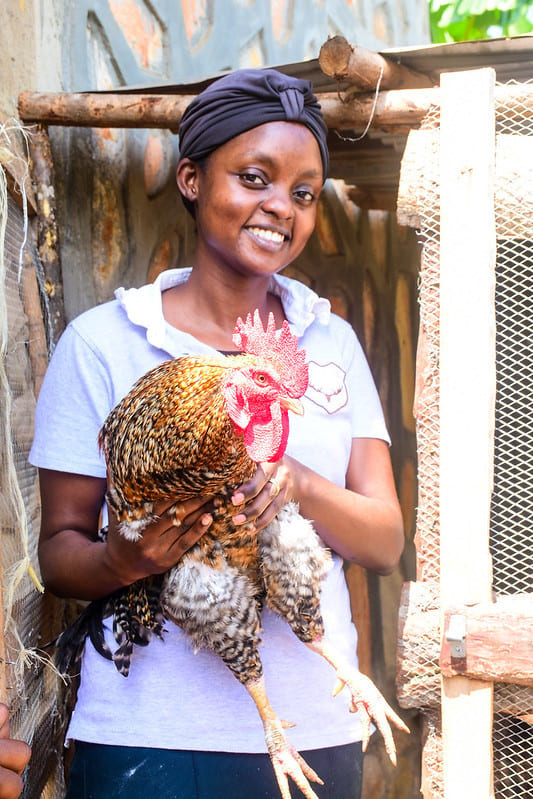

To get youth entrepreneurs interested in agroecology, we need to show them that it can be the basis of a successful business. And what better way than through those who have already done it? Meet Hajjara Nantume, youth leader and founder of Balimisa Consultants.
Meet our young entrepreneurs
Lesson 1 | Define what inclusion means to you
Youth is a diverse demographic, so youth inclusion can mean many different things. Develop a tailored youth engagement strategy that fits with the purpose of your programme. For example, YALTA focused on inspiring and supporting educated (aspiring) young entrepreneurs and worked with role models to showcase opportunities in agroecology.
Lesson 2 | Be willing to revise your ideas
Marginalised youth and young people with special needs were underrepresented in YALTA activities. So, from now on activities in the scope of YALTA and other youth agripreneurship programmes should consider being more inclusive towards these groups and exploring how activities like the youth caravan and mentorship could serve the needs of marginalised groups.
Lesson 3 | Empower female yotuh
To engage female entrepreneurs in activities like the regional summit and the youth caravan, we involved their families in the preparation and planning, created a safe environment and kept in mind cultural traditions.
Lesson 4 | Take youth engagement seriously
From the design to the evaluation of your programme. Youth engagement is still often a tick box that is easily forgotten when different interests are at play. Include youth engagement in your Monitoring, Evaluation and Learning system and plan sufficient time and resources to organise youth engagement accordingly.
Lesson 5 | Set a high bar
Set an ambitious and appropriate engagement objective for all your activities, ranging from informing to empowering youth. Aspire to achieve the highest level of youth engagement possible, considering the context.
Lesson 6 | Encourage peer learning.
Learning from peers is highly valued by young entrepreneurs. Organise active youth participation and opportunities to showcase and exchange youth-led best practices in all your activities.
Achievements
At least 50% youth participants at all major YALTA events.
Youth feel more involved in agroecology; they participated for the first time in networks, coalitions and policy influencing processes.
Increased visibility of young agroecology entrepreneurs in the wider agroecology networks.
Youth appreciated peer-to-peer mentoring as a practical and relevant way to learn new agroecology practices. YALTA mentees and alumni of the business accelerator are ready to mentor fellow youth.
The active engagement of youth in agroecology practices allowed them to change practices, such as converting from conventional to agroecology farming.
How can we stimulate youth involvement in agripreneurship? How can development actors create an enabling environment for (aspiring) young agripreneurs? And, how can we engage this diverse group so they contribute to conceptualise and design agripreneurship programmes and policies? That’s what the collaboration between the Netherlands Food Partnership, INCLUDE, and The Broker set out to understand through the project Inclusive Youth Agripreneurship in Africa.
Report Highlights:
Strengthening programming and policymaking for inclusive youth agripreneurship in Africa


To get youth entrepreneurs interested in agroecology, we need to show them that it can be the basis of a successful business. And what better way than through those who have already done it? Meet Hajjara Nantume, youth leader and founder of Balimisa Consultants.



